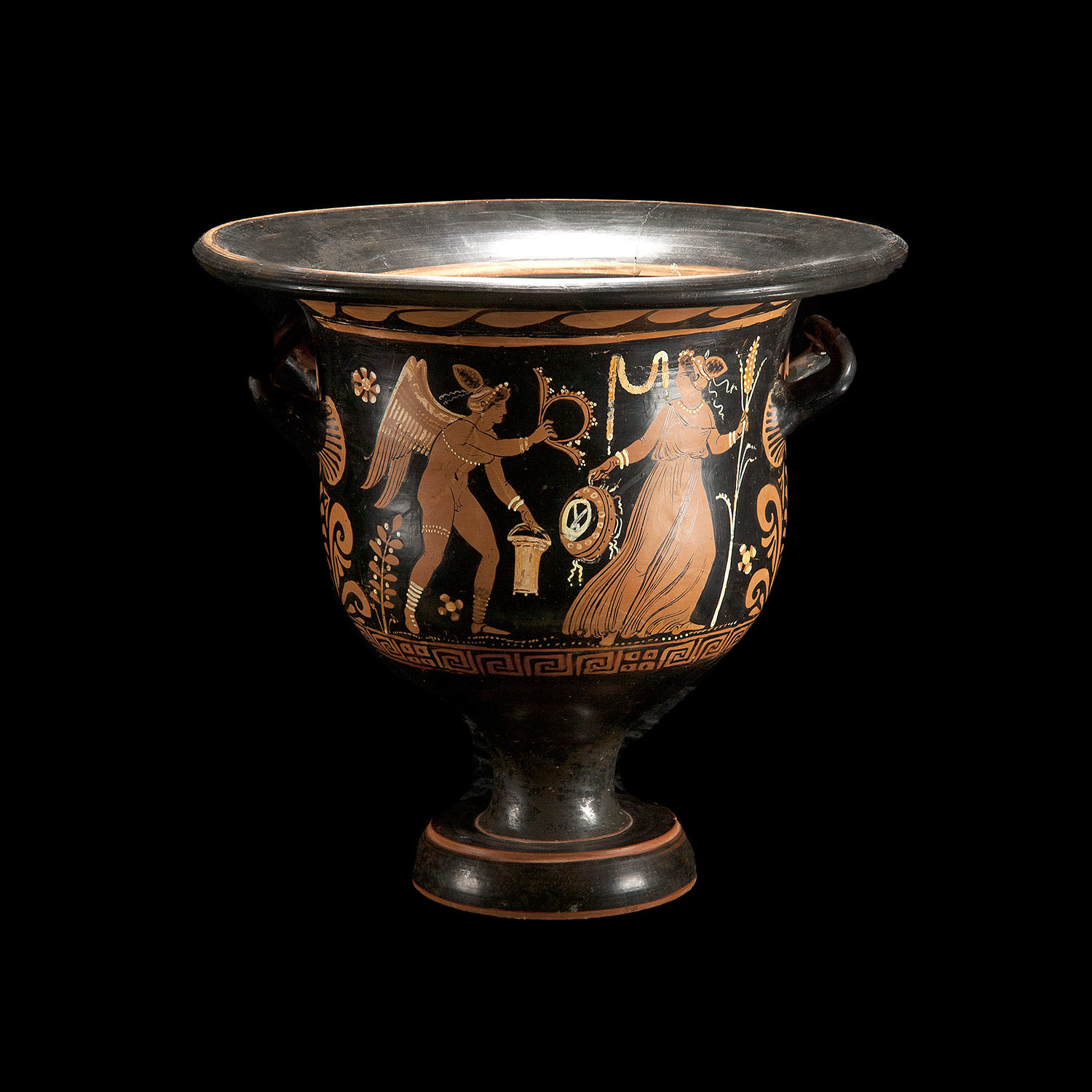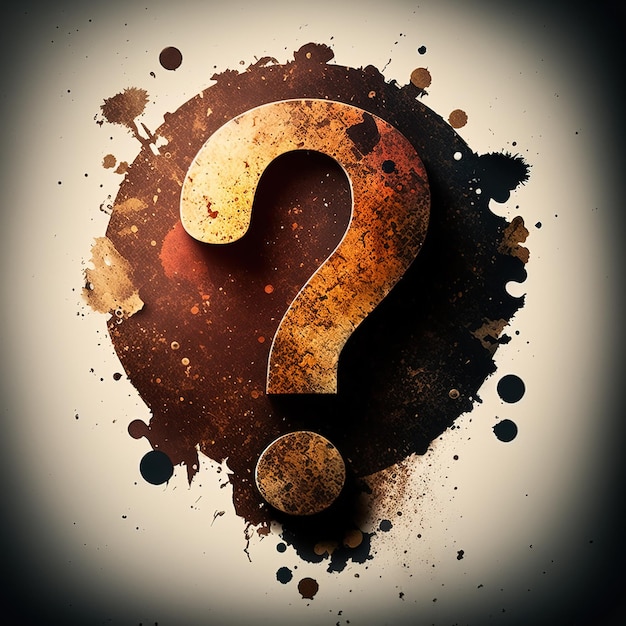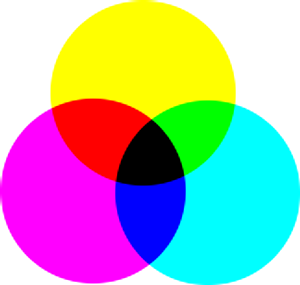T
Theofilus
Guest
Elvispelvis said:Why are thre seven colors?
Because God said so in the Bible thats why !
Can you show me a verse where He says that?
Elvispelvis said:A rainbow spans a continuous spectrum of colours; the distinct bands are an artifact of human colour vision. The most commonly cited and remembered sequence, in English, is Newton's sevenfold red, orange, yellow, green, blue, indigo and violet (popularly memorized by mnemonics like Roy G. Biv).
(snip)
Sir Isaac Newton established his colors from the rainbow given by God. You invent some color list
and say it does not fit.
Why would you make up your own list?
Why do you use the one Isaac Newton made up? Besides, I didn't make mine up. Those are the primary colors. Look it up on wikipedia if you don't believe me.
Elvispelvis wrote:Why are there seven notes in music ?
theofilus Said
That's a human invention and has nothing to do with the inspiration of the Bible.
Craig said ;
I dont think you are a musician , at least your education is lacking in music.
I thought everyone understands where DO RA ME FA SO LA TE the scale of music comes from.
Apparently you don't. It doesn't come from the Bible. Sound can have any frequency. We have given names to some of them. Sound that has a frequency of 440 Hz is called A. A# is about 493.88 Hz. On a piano or other musical instrument there is no other sound between those two, but in nature sound can have any arbitrary frequency, for example 453 Hz or 488.73 Hz. Niether of those has a name. The names of the notes and which ones are named is a purely human invention. Oh.. btw, I play both the guitar and the tenor and soprano recorder.
So let me try to explain nature to you my friend.
If you're going to teach others, do some basic research first so that you know a little bit about what you're talking about. Take this for example...
Acoustic scale
In music , the acoustic scale is a seven note scale which, starting on C, contains the notes: C, D, E, F sharp, G, A and B flat.
The notes do, re, me, fa, so, la te are not the acoustic scale, but the major scale. The C major scale starts with C and is comprised of the "white notes" on the piano - C, D, E, F, G, A, B. It has no sharps or flats. These are the seven notes you refered to before. If you're goint to use accidental notes (sharps) then you have C, C#, D, D#, E, F, F#, G, G#, A, A#, B. That's 12 notes, not 7.
You asked in the title of this thread how we can know that the Bible is inspired. Unless you can provide scriptures that state that there are supposed to be 7 and only 7 notes, colors or what have you, then these things don't have anything to do with the inspiration of the Bible. It is clear from this discussion that finding the number 7 all over the place isn't going to convince anyone (except maybe you). Finding numbers isn't very hard. Let me show you an example.
The Hitchhiker's Guied to the Galaxy is a secular book. The "number of man" is 6, so let's see how many times we can find the number 6 just in the title of that book
6 words (6x1)
30 letters (6x5)
12 vowels (6x2)
18 consonants (6x3)
Out of 16 letters in all, 10 occur only once, which means that the number of repeated letters is 6 (6x1)
One word is repeated. The two occurances have a total of 6 letters (6x1)
there are 24 letters in the non-repeated words (6x4)
The total number of ASCII characters (including spaces and the apostrophe) is 36 (6x6)
The last word has 6 letters (6x1)
The chances of these 9 things happening purely by accident is 1:6^9 or 1:10,077,696. And that's just the title. The author has obviously put a code in his book to show beyond a shadow of a doubt that it is truely a work of man.
Now, can we just drop this whole numbers game and look at something real? There is plenty of other evedence that indicats that the Bible is more than just a book.












